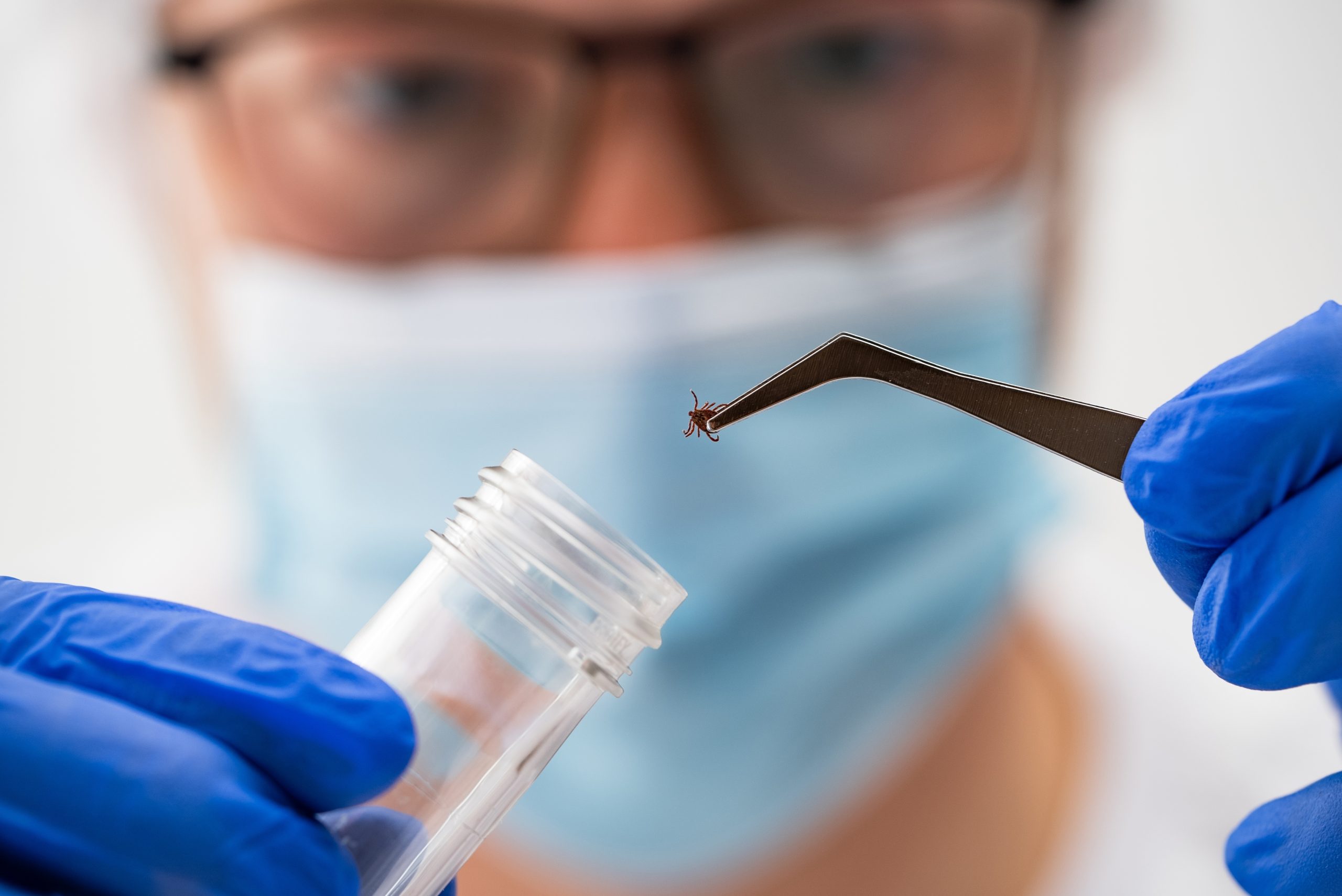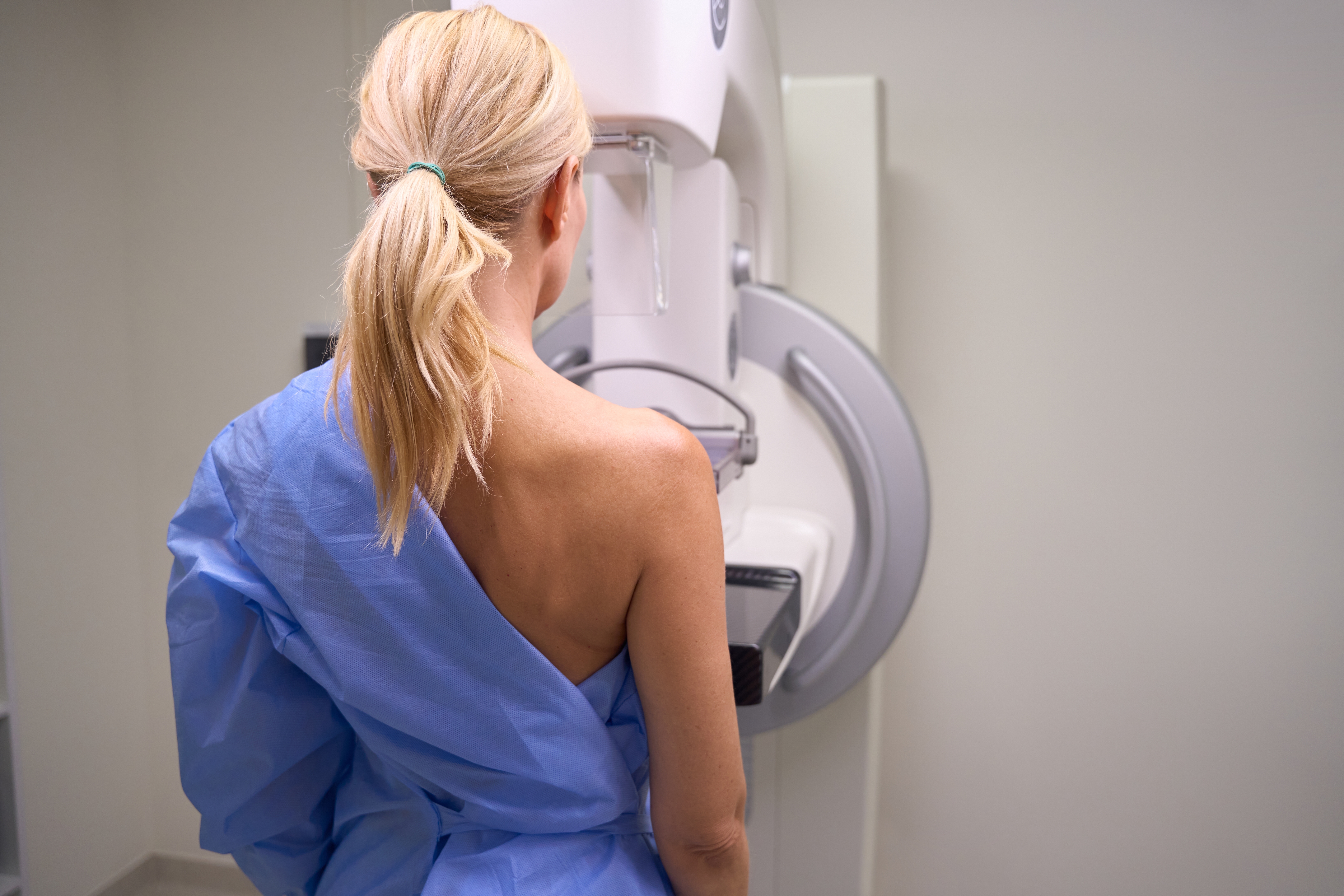Transmural healing is redefining the future for ulcerative colitis patients—ushering in a new era where deeper healing means longer remission and fewer relapses.
Story Highlights
- Transmural healing (TH) through all layers of the bowel wall offers superior long-term outcomes for UC patients compared to endoscopic healing (EH) alone.
- Intestinal ultrasound (IUS) enables non-invasive, cost-effective monitoring of TH, challenging the traditional reliance on endoscopy.
- New research from Lim et al. demonstrates dramatically lower relapse rates for UC patients achieving TH.
- The findings may soon reshape treatment guidelines, emphasizing deeper healing as a clinical target in ulcerative colitis.
Transmural Healing: A New Standard for Ulcerative Colitis Outcomes
Chong-Teik Lim and colleagues at Amsterdam University Medical Centers and Singapore General Hospital have delivered a wake-up call to ulcerative colitis (UC) management. Their 2025 study shows that when UC patients achieve transmural healing—meaning the entire bowel wall recovers, not just the mucosal surface—their risk of relapse drops dramatically. Published in the Journal of Crohn’s and Colitis and presented at the ECCO Congress, this research marks a turning point, challenging the long-standing focus on endoscopic healing as the gold standard.
For decades, clinicians relied on mucosal healing seen during endoscopy as the primary target for UC therapy. While this approach did reduce relapse rates and complications, it left unanswered questions about the durability of remission. The Lim study is the first large-scale prospective analysis in UC to quantify the difference: at one year, only 7.5% of patients with TH relapsed, compared to nearly 30% of those without TH. By two years, the gap widened—TH patients saw relapse at 20.5%, while non-TH patients soared to 64.3%.
Intestinal Ultrasound: A Game-Changer in Disease Monitoring
Intestinal ultrasound (IUS) now takes center stage as a practical, non-invasive method for assessing transmural healing. Unlike endoscopy, which visualizes only the innermost colon layer, IUS can evaluate the entire bowel wall in real time. This advance makes frequent, comfortable monitoring possible for patients and opens new doors for personalized treatment. The cost-effectiveness of IUS compared to repeated endoscopy also appeals to healthcare systems seeking value without compromising care.
Clinicians and patients alike benefit: IUS delivers actionable information without sedation, discomfort, or logistical hurdles. With mounting evidence that deeper healing predicts better outcomes, gastroenterologists are rethinking follow-up protocols. The Lim study is already influencing conversations among guideline panels and medical societies, with many experts forecasting a shift toward TH as an official therapeutic target in UC.
Shifting Paradigms: Implications for Patients, Doctors, and Healthcare Systems
The implications are profound. For patients, TH means a better shot at sustained remission, fewer hospitalizations, and reduced risk of surgery. For doctors, IUS offers a practical tool for risk stratification and therapy adjustment. Healthcare systems see potential savings from fewer relapses and interventions. Pharmaceutical companies may soon pivot, designing trials with TH as a key endpoint, further pushing the standard of care toward deeper healing.
However, the field is not without caution. Leading gastroenterologists recognize the promise of TH but urge standardization in assessment protocols and definitions. Not every patient is likely to achieve TH, and partial healing’s clinical significance remains to be determined. While the Lim study brings robust data, experts recommend a stepwise approach, integrating TH into routine care as evidence accumulates and technology becomes more widely available.
Expert Perspectives and Future Directions
Industry voices are amplifying the message: deeper healing is achievable and should be pursued for better long-term health. Academic reviews echo that while mucosal healing is still important, the best predictor for durable remission is healing that extends through all bowel wall layers. Medical societies are now considering updates to guidelines, potentially making TH a standard endpoint alongside traditional clinical and endoscopic measures.
The conversation is global, with American and European experts debating best practices and the feasibility of routine IUS. Conservative values in medicine—practicality, cost-savings, and patient-centered care—align with the movement toward non-invasive, outcomes-driven protocols. As more clinicians gain access to advanced imaging tools, UC management may evolve rapidly, benefiting patients and the broader healthcare ecosystem.
Sources:
ECCO Journal of Crohn’s and Colitis (2025)
Pharmaceuticals (Basel), 2025; Copenhagen IBD Cohort Study











